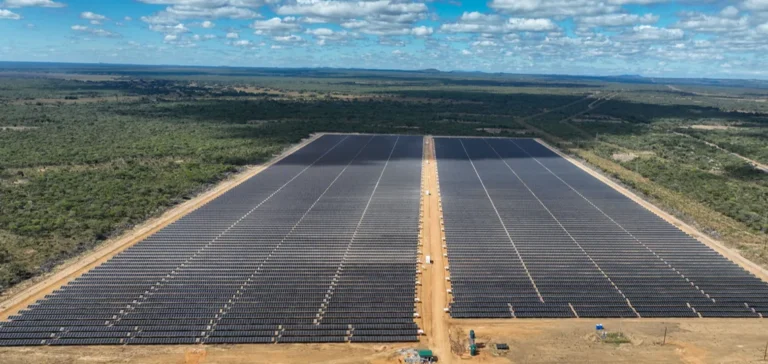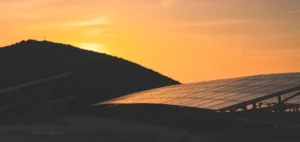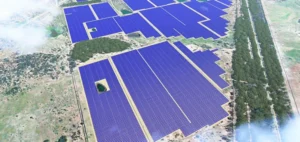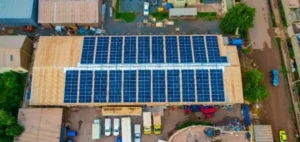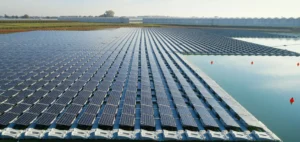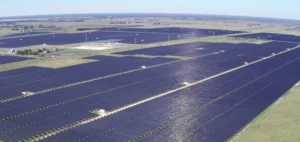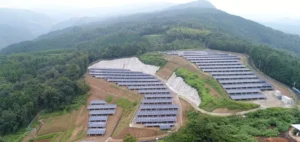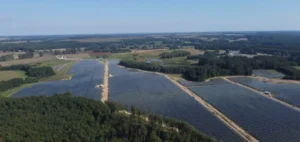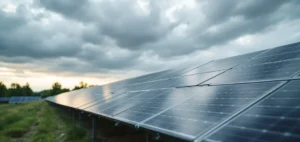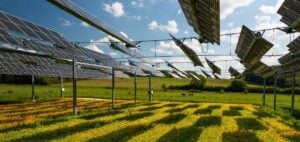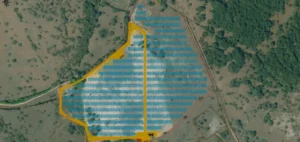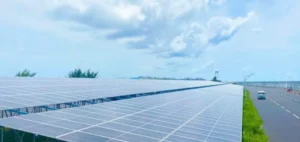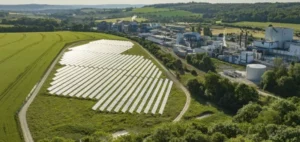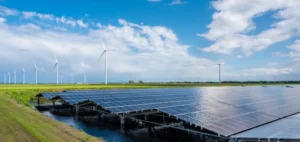Solarcentury Africa has started operations for the first phase of the Mailo solar plant in Zambia, with an initial capacity of 25 megawatt-peak (MWp). The electricity produced is now sold directly on the Southern African Power Pool (SAPP), a regional market grouping twelve Southern African countries, facilitating cross-border power exchange. Mailo becomes the first independent solar plant to sell on this network without a long-term power purchase agreement or sovereign guarantee, a practice still uncommon in Africa.
An innovative merchant model for African solar
Developed in less than one year in the Chitambo district, the plant covers 204 hectares and is aiming for a total capacity of 118 MWp after three phases. Solarcentury Africa has started construction of the second phase, which will increase capacity to 60 MWp, financed by a $40 mn loan granted by Standard Bank South Africa. This project forms part of the national energy diversification strategy as Zambia seeks to limit its high dependence on hydropower.
The approach chosen by Solarcentury offers producers new flexibility in the African market. By enabling electricity sales without long-term purchase contracts, the model aims to broaden outlets while reducing risks related to contractual instability.
Regional outlook and sector ambitions
Integrating the Mailo plant into the Southern African Power Pool strengthens Zambia’s participation at the regional level. This model opens new opportunities for renewable energy developers in Southern Africa, notably by diversifying sales channels and reducing usual constraints.
Solarcentury Africa plans to deploy more than 500 MW of similar projects in the region by 2030. The Mailo construction, which has mobilised both international and local financial and technical resources, illustrates the evolution of the solar sector in Southern Africa, where independent production is gaining ground.


